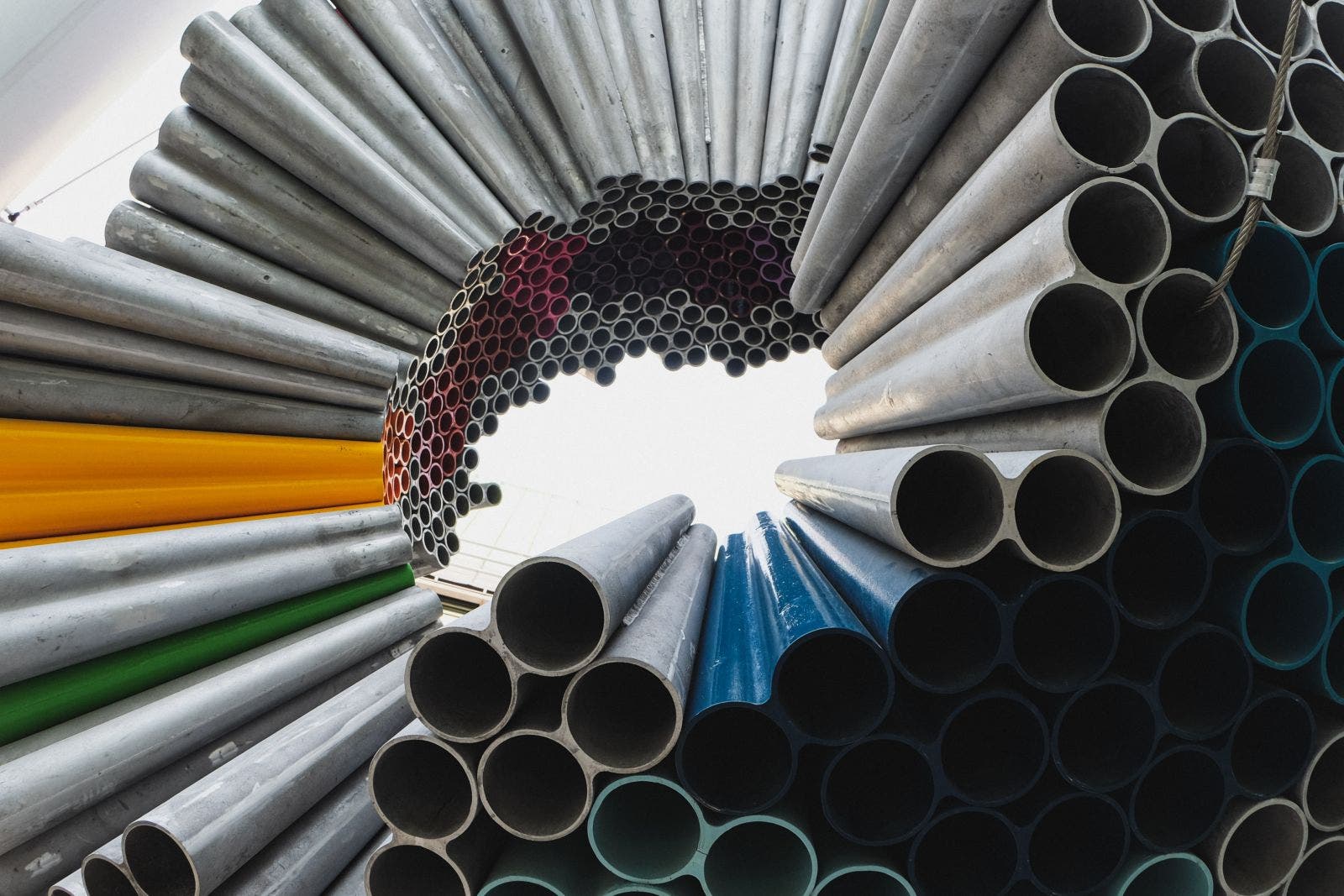Houses of the future make an important contribution to decarbonisation
We live in a time in which we still have a choice: do we change our behavior sustainably and enable future generations to live on this planet or do we live as before and thereby destroy our earth? Fortunately, the first option seems to be gaining momentum, with many governments around the world trying to become climate neutral by 2050.
In addition to the classic emissions caused by vehicles or the production of electricity, other industries must also make their contribution. One of them is the construction industry, 40 percent of all emissions worldwide are caused by buildings, according to the international energy agency. Another reason is the complex value chain from the raw material to the finished house. New ways of making cement and steel could contribute to decarbonization.
Cement, which is responsible for 8 percent of all emissions, could become greener with two options. On the one hand, the resulting pollutants could be reabsorbed using new technologies, on the other hand, cement could be completely replaced. In concrete, for example, ash could be used as an alternative, which is a waste product in coal-fired power plants. The properties of the concrete would be almost identical, only the ingredients would change.
The production of steel (like that of cement) is also relatively energy-intensive. When fossil fuels are used, there is a large ecological footprint in their manufacture. But steel has one advantage over other building materials. It can be recycled or reused. The second option is the most sustainable; a non-negligible amount of energy also has to be used for recycling.
In addition to using more sustainable materials, there is a third option. Here the house is designed and built based on the local climate. The method is as old as it is efficient: In damp areas, adequate ventilation should be ensured and the use of steep roofs should be preferred. In places with warm days and cold nights, interiors should be planned so that heat is sufficiently reflected.
Own opinion:
It’s clear! In every area of our life we can do something to slow down climate change and reduce emissions. As good as some alternatives sound, they unfortunately still make too little economic sense. The reason is the so-called “Green Premium”, the price difference between the dirty and the clean option. In the future, it will be increasingly relevant for the state to step in and absorb a large part of this surcharge.
via Fortune



